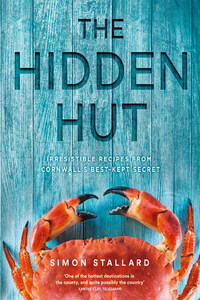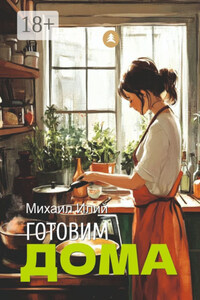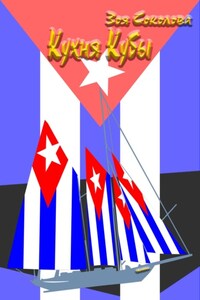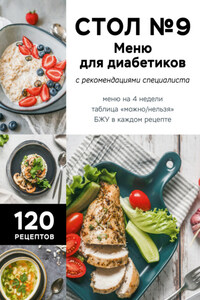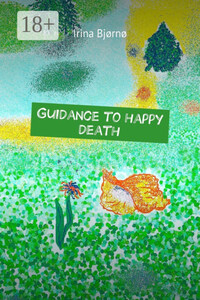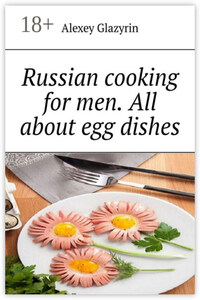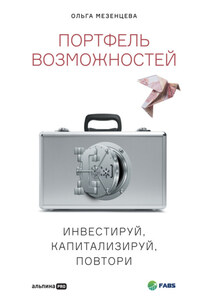COPYRIGHT
HarperCollinsPublishers
1 London Bridge Street
London SE1 9GF
www.harpercollins.co.uk
First published by HarperCollinsPublishers 2018
FIRST EDITION
© Simon Stallard 2018
Cover layout design © HarperCollinsPublishers 2018
Cover photograph © shutterstock.com
Photographs © Susan Bell, except where otherwise stated.
A catalogue record of this book is available from the British Library
Simon Stallard asserts the moral right to be identified as the author of this work
All rights reserved under International and Pan-American Copyright Conventions. By payment of the required fees, you have been granted the nonexclusive, non-transferable right to access and read the text of this e-book on screen. No part of this text may be reproduced, transmitted, downloaded, decompiled, reverse engineered, or stored in or introduced into any information storage retrieval system, in any form or by any means, whether electronic or mechanical, now known or hereinafter invented, without the express written permission of HarperCollins e-books.
Find out about HarperCollins and the environment at www.harpercollins.co.uk/green
Source ISBN: 9780008218010
Ebook Edition © May 2018 ISBN: 9780008218027
Version 2018-04-13
Introduction
It’s a brisk April evening on the Roseland Peninsula, Cornwall. In a small sheltered cove, storm lanterns flicker as a bobble-hatted crowd clad in Gor-Tex and goose-down huddle together. Friends and families sit shoulder to shoulder with strangers on long, weathered tables. Hot-water bottles are stowed inside coats and wines are shared generously. Behind, a team of chefs tend to steaming pans over wood fires as a local fishing crew deliver their last catch of the day. Spirits are high and the atmosphere is alive with anticipation.
The reason for the gathering? It’s ‘feast night’ at the Hidden Hut.
© Sally Mitchell
I remember it wasn’t the easiest of conversations, persuading my partner Jem that we should give up our jobs and take on the lease of an old wooden shed on the coast path. The country at the time was in the midst of an economic downturn, restaurants were being hit hard and we’d not long signed the mortgage of our first house. Only something really special could have drawn us to take such a risk.

Having trained and worked as chef since I was 16, my career had taken me all over the world, from New York and New Delhi to the fish markets of Newlyn. Cornwall was now my home and I felt it was a truly exciting place to be a chef. The region is flush with some of the most desirable produce in the country. Its frost-free climate allows for a longer growing season and beautifully ripe fruits. The seas are clean and plentiful, and the fields are lush with rich pasture. Large intensive farms are a rarity down here. It’s mainly small-scale, traditional production. Everything feels slightly slower and a little less refined, and that is just what I love.
I used to walk past the little green shed every morning on my way to work. At the time, it was used as a kiosk for selling lollies and plastic beach toys. It had a retro charm to it, but it was only open during the summer holidays. For the other ten months of the year it was closed and boarded up. I would watch the cattle grazing in the pastures above and the fishing boats harvesting the seas below; it encompassed everything I loved about Cornwall. There was something special there that moved me. However, the hut had been leased from the National Trust by the same family for over 25 years and I was told there was no way they would be letting it go. It had to remain a pipe dream.
However, three years later, I heard some news from a very reliable source in our local, the Plume of Feathers. The National Trust was accepting tenders for the hut from interested parties. I literally grabbed my coat and came straight home to Jem to let her know. Our proposal was sent off to Lanhydrock House the next morning. As the only people who’d shown an interest, it wasn’t long before the lease was signed and our journey had begun.
But it wasn’t all plain sailing. I remember the February morning I picked up the keys and trekked over the cliffs to take a proper look at our new venture. The mud track that was meant for deliveries had been eroded into a stream, leaving the place only accessible by foot, and in wellies at that. As I tried to work out which key went where, I realised the locks had frozen tight in the salty air, so I had to break in through the hatches. Huge spiders the size of my hand scuttled away as I clambered over the counter into the dusty, derelict shed. The view from it was breathtaking and there was so much potential, but Porthcurnick Beach was no Padstow or St Ives. This was remote, deepest, undiscovered Cornwall. There was not a soul to be seen as far as the eye could see. What on earth had we taken on?
It took ten long weeks of hard graft to renovate the hut. Being in such an unspoilt, natural setting, we couldn’t add anything of any permanence. We built an outdoor kitchen that could be dismantled and removed at the end of each season and installed long tables in the sand made from a fallen tree. What seemed like an impossible feat only added to the magic of it. We were finally ready to open.
